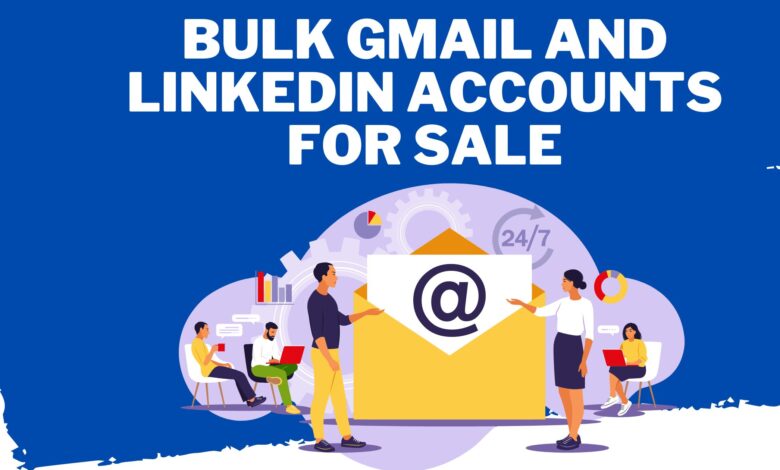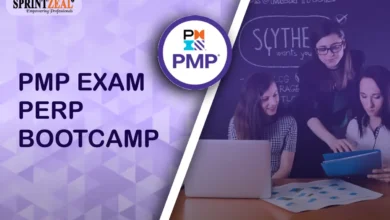Unlock the Power of Email Marketing with Gmail Accounts: The Ultimate Guide to Success

In today’s fast-paced digital world, email marketing remains one of the most effective tools in a marketer’s arsenal. Yet, the success of an email campaign often hinges on the platform you choose to use. Gmail accounts have emerged as a powerhouse in this space, offering flexibility, reach, and reliability. If you’re looking to unlock the power of email marketing with Gmail accounts, you’ve come to the right place!
We’re about to dive deep into how Gmail can fuel your email campaigns, improve your outreach, and help you connect with your audience like never before. Whether you’re just getting started or you’re a seasoned pro, this guide will show you why Gmail is your secret weapon to achieving next-level results. Ready? Let’s go!
What Makes Gmail a Game-Changer for Email Marketing?
When it comes to email marketing, Gmail offers features that are often overlooked but can make a world of difference. Gmail isn’t just a free email service; it’s a robust tool that, when used strategically, can skyrocket the effectiveness of your campaigns.
1. Trust and Credibility
In an age where phishing and spam emails run rampant, people trust Gmail. Emails coming from a Gmail account are less likely to land in spam folders compared to lesser-known email services. When your customers see an email from Gmail, they’re more likely to open it. Why? Because they feel secure.
Key Benefits:
- Higher open rates
- Increased trust factor
- Reduced risk of being flagged as spam
2. Integration with Google’s Ecosystem
One of the major perks of using Gmail is its seamless integration with Google’s suite of products. You can easily sync Gmail with Google Drive, Docs, Sheets, and Calendar to streamline your marketing tasks. This makes collaborating with your team, scheduling campaigns, and managing data a breeze!
3. Gmail’s User-Friendly Interface
Let’s be real—nobody wants to wrestle with a confusing email dashboard. Gmail’s interface is simple, intuitive, and effective. Whether you’re organizing a mailing list or segmenting your audience, Gmail makes it easy to navigate through tasks without feeling like you’re drowning in technical jargon.
Setting Up Gmail for Your Email Marketing Campaign
To unlock the power of email marketing with Gmail accounts, you need to get your account set up correctly for mass emailing without triggering spam filters. Here’s how you can make the most out of your Gmail account.
1. Create a Professional Gmail Account
First things first: You need a professional-looking email address. If your company is called “GreenGardens Landscaping,” having an email like “GreenGardensServices@gmail.com” will reflect well on your brand.
Tips for Setting Up:
- Use your brand name or a closely related keyword in the address.
- Ensure the email looks professional—avoid usernames like “coolguy95@gmail.com.”
- Have separate accounts for personal and business use to avoid mixing up communications.
2. Optimize Your Email Settings
To avoid getting flagged as spam, optimize your Gmail settings. Make sure to verify your account, fill out all contact details, and connect it to your domain if you have one.
- Enable two-factor authentication to keep your account secure.
- Set up email forwarding so you never miss an important reply.
- Customize your signature with essential contact info and social links.
3. Organize Your Campaigns with Labels and Filters
One of the best features Gmail offers is the ability to use labels and filters. This helps you categorize and prioritize your messages, making it easier to manage multiple campaigns simultaneously.
How to Use Filters:
- Filter emails by keywords, sender, or recipient.
- Automatically assign labels like “Hot Leads” or “Follow-up Required.”
- Archive irrelevant emails to keep your inbox clean and focused.
Crafting Compelling Emails: The Gmail Advantage
Once you’ve set up your Gmail account, it’s time to craft killer emails. But Gmail has a few tricks up its sleeve that can help you create emails that truly resonate.
1. Personalization at Its Best
Gmail allows you to personalize emails effortlessly, and personalized emails often have higher engagement rates. You can start by addressing your recipients by their first name or including specific details relevant to them.
Example:
- “Hey [First Name], we noticed you checked out our new product line!”
- “Hi [First Name], we’ve got a special offer just for you!”
2. Automating Follow-Ups
Gmail lets you automate follow-up emails through Google Sheets and Google Apps Script or third-party integrations. For instance, you can set reminders to send follow-up emails to recipients who haven’t opened your first message.
3. A/B Testing with Gmail
Want to know which subject line gets more clicks? Gmail lets you experiment with A/B testing. You can send two versions of an email to different subsets of your audience and track which one performs better.
A/B Testing Ideas:
- Try different subject lines to see which gets more opens.
- Experiment with call-to-action (CTA) button placement.
- Test variations in email design—text-heavy vs. image-rich.
Maximizing Deliverability: How to Avoid Spam Filters
One of the biggest challenges in email marketing is ensuring your emails actually reach your audience. Even with Gmail’s credibility, you still need to take steps to avoid spam filters.
1. Use an Authentic Sender Name
Ensure that your sender name is recognizable and trustworthy. Avoid using vague or overly promotional terms like “FreeOfferNow” in your sender name, which can raise red flags.
2. Avoid Spammy Words
Certain words can trigger spam filters. Words like “free,” “guarantee,” or “buy now” might cause Gmail to send your email straight to the junk folder. Instead, try more conversational language.
3. Keep Your Email List Clean
Make sure your email list is up to date. Gmail penalizes you for sending emails to inactive accounts. Regularly clean your list by removing bounced or unresponsive emails.
Frequently Asked Questions (FAQs)
1. Can I send bulk emails with Gmail?
Yes, you can send bulk emails using Gmail, but there are limits. Gmail allows you to send up to 500 emails per day from a regular account and up to 2,000 from a Google Workspace account. For larger campaigns, consider integrating Gmail with a mass email service like Mailchimp or SendGrid.
2. Will my emails be marked as spam if I use Gmail?
If you follow best practices—such as using a reputable sender name, avoiding spammy language, and keeping your email list clean—your Gmail emails are less likely to end up in spam.
3. How can I track my email performance with Gmail?
Gmail itself doesn’t offer advanced analytics, but you can track your emails using third-party tools. Many email marketing platforms integrate with Gmail, allowing you to track open rates, click-throughs, and more.
Conclusion
When it comes to email marketing, Gmail is more than just a basic email service—it’s a powerful tool that can give your campaigns a serious edge. From its trusted reputation to its seamless Google integration, there are plenty of reasons to make Gmail your go-to for email marketing.
To unlock the power of email marketing with Gmail accounts, all you need is the right approach. Personalize your emails, organize your campaigns, and follow best practices to maximize your deliverability and engagement. Whether you’re reaching out to a small audience or sending mass emails, Gmail has everything you need to succeed.





